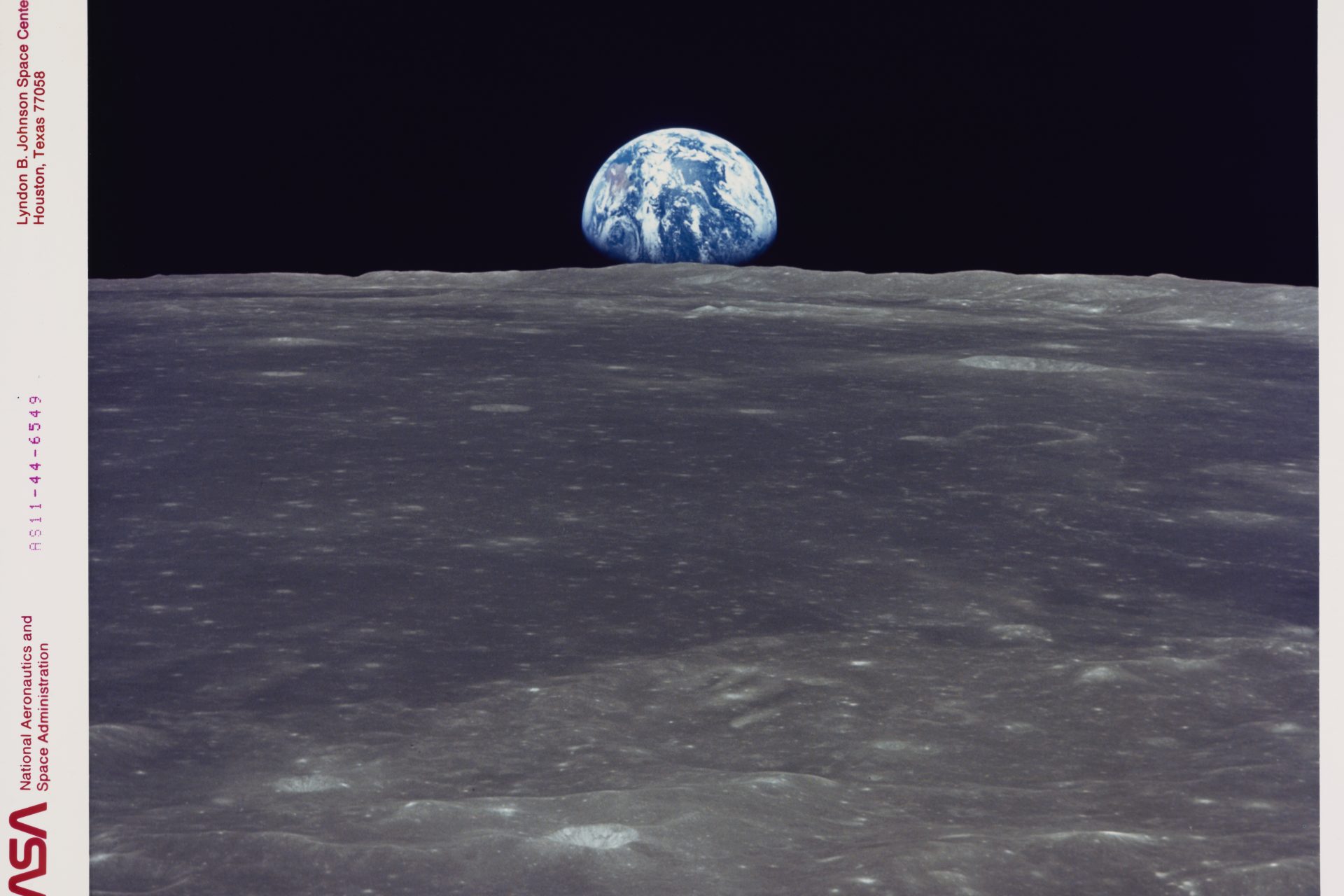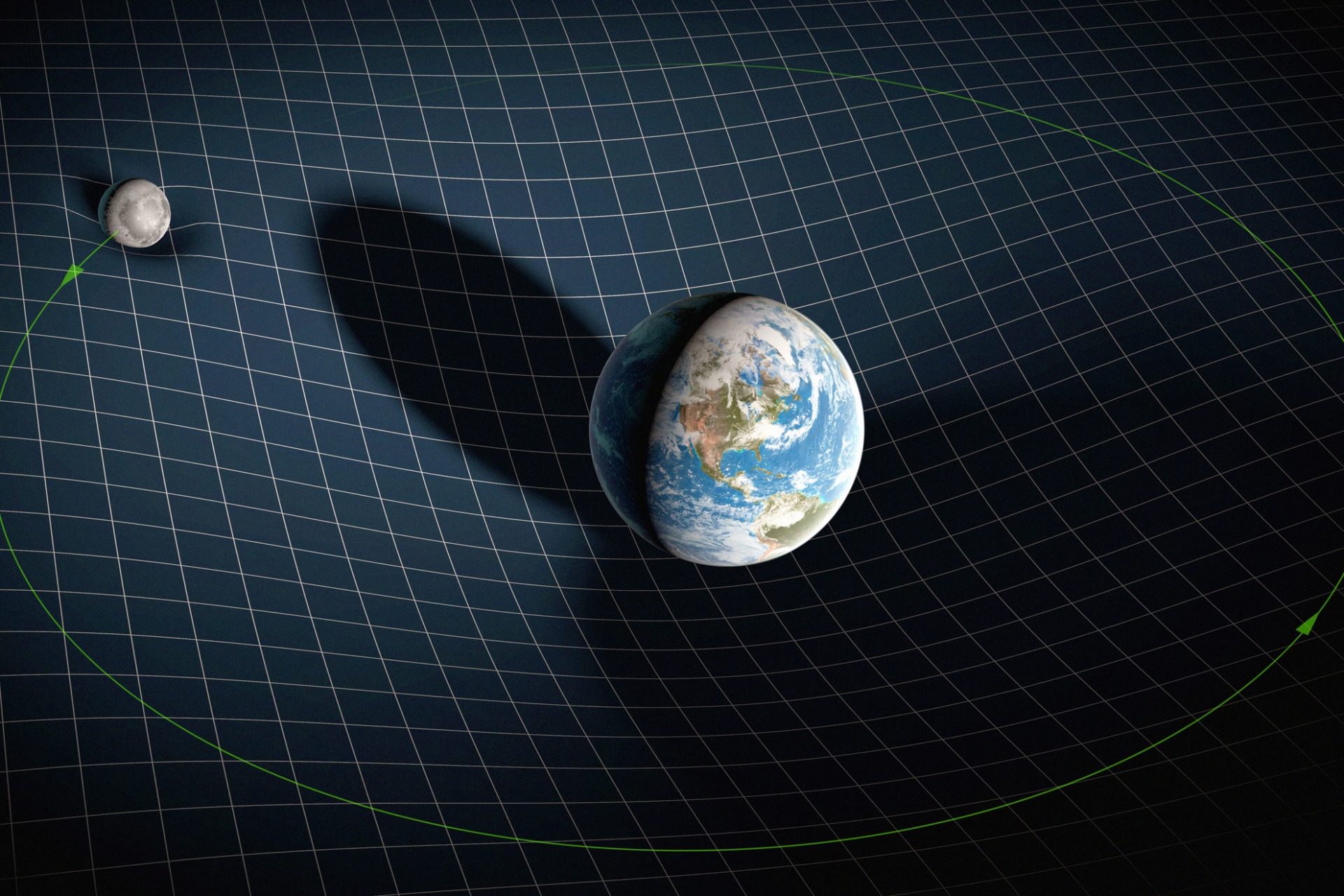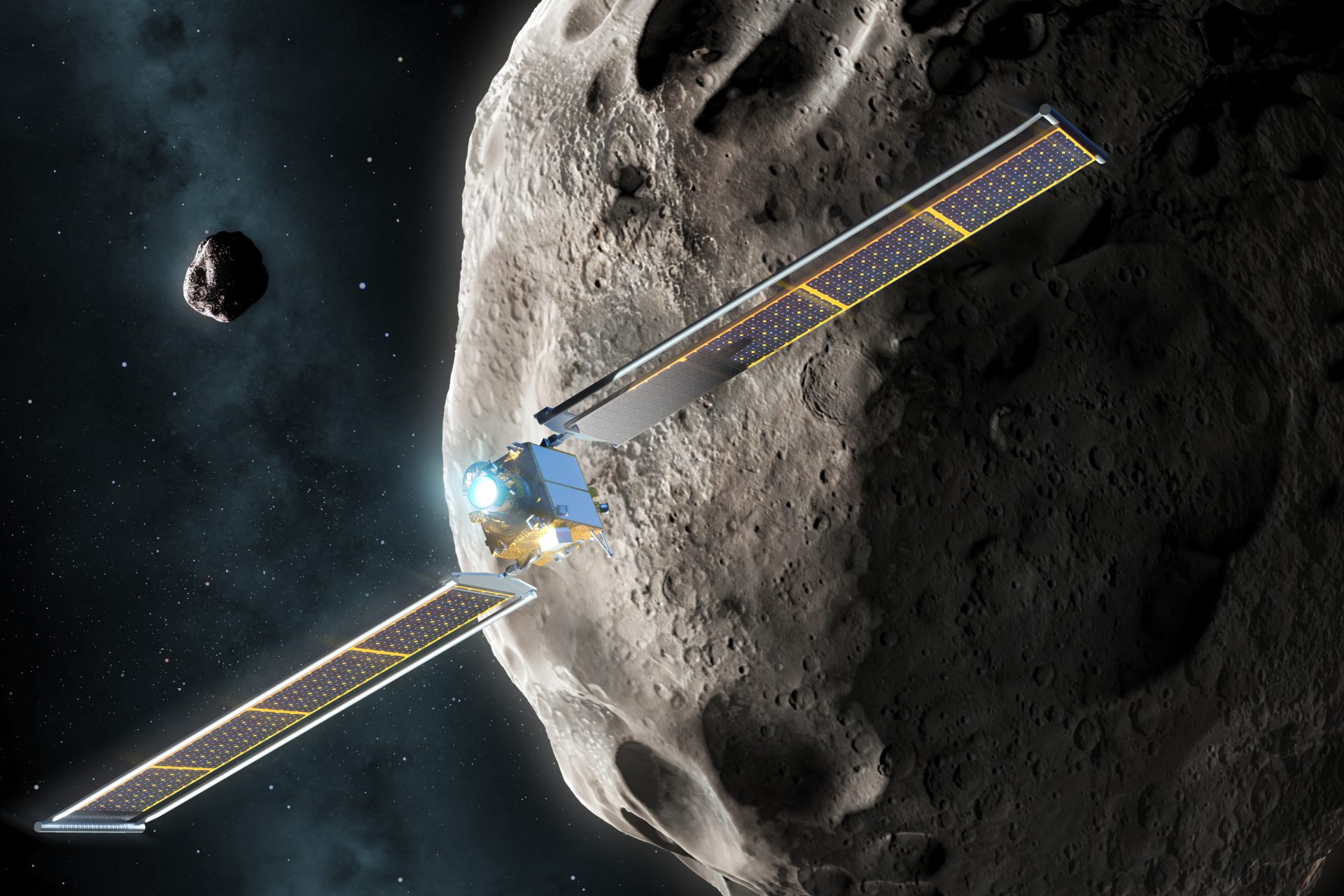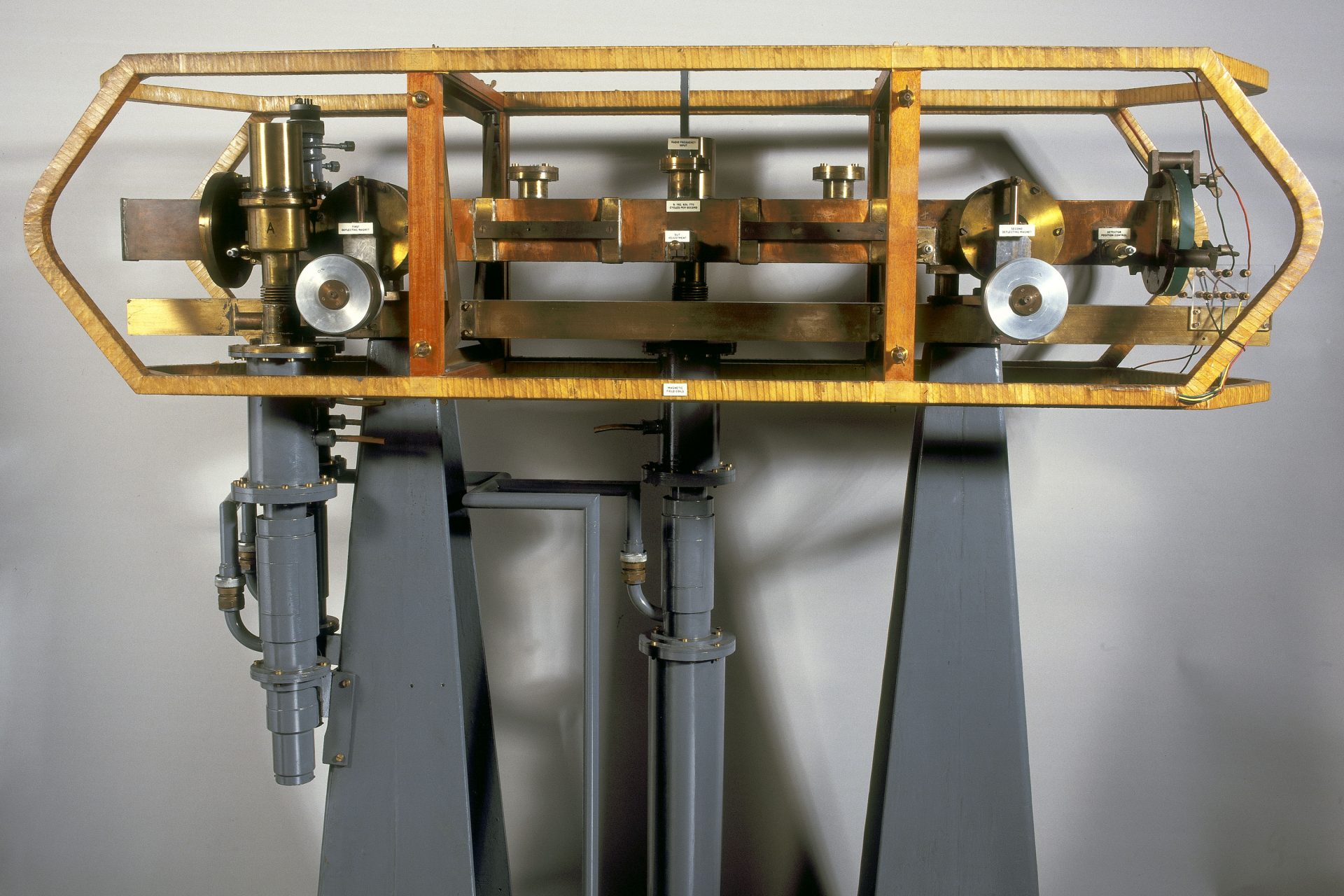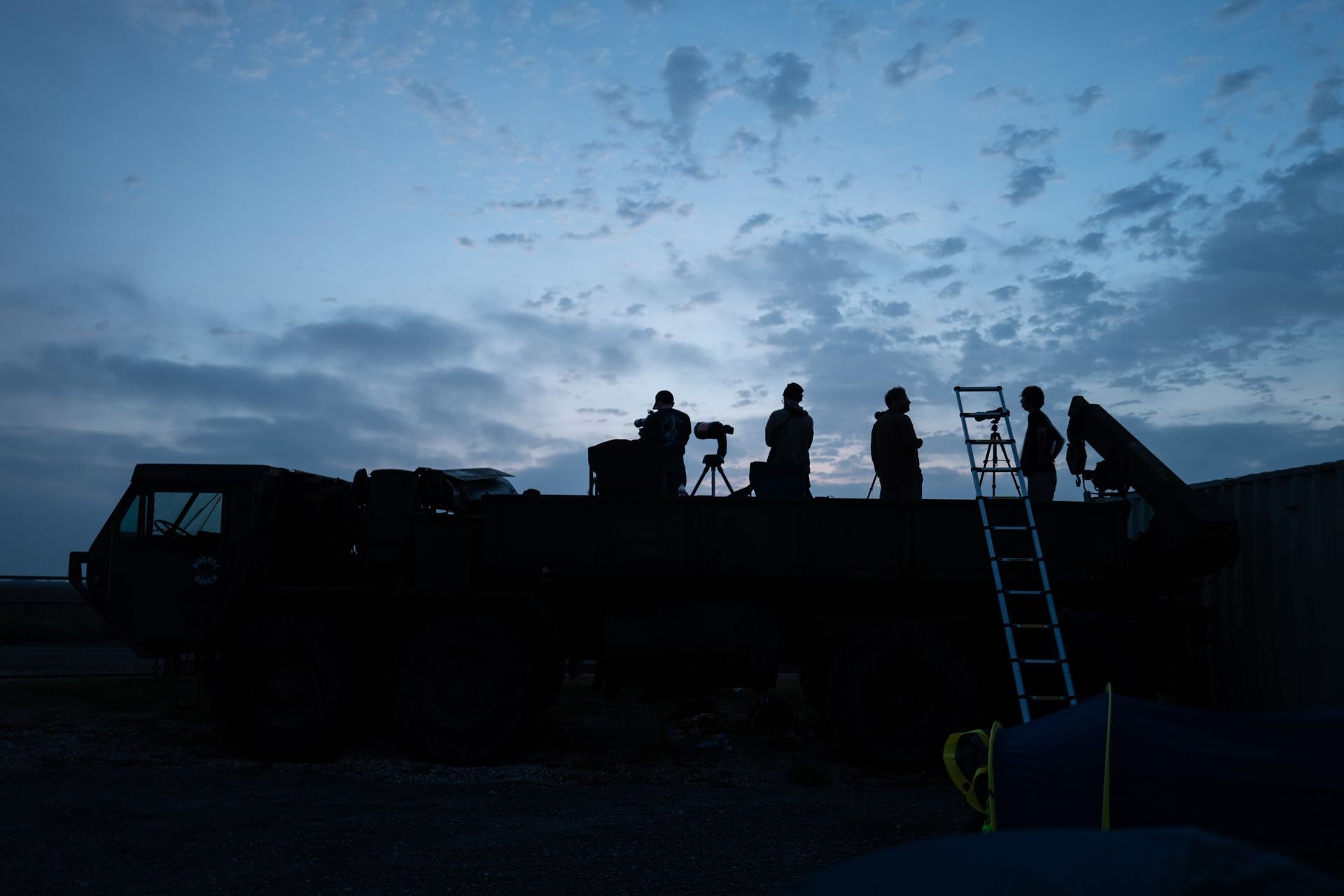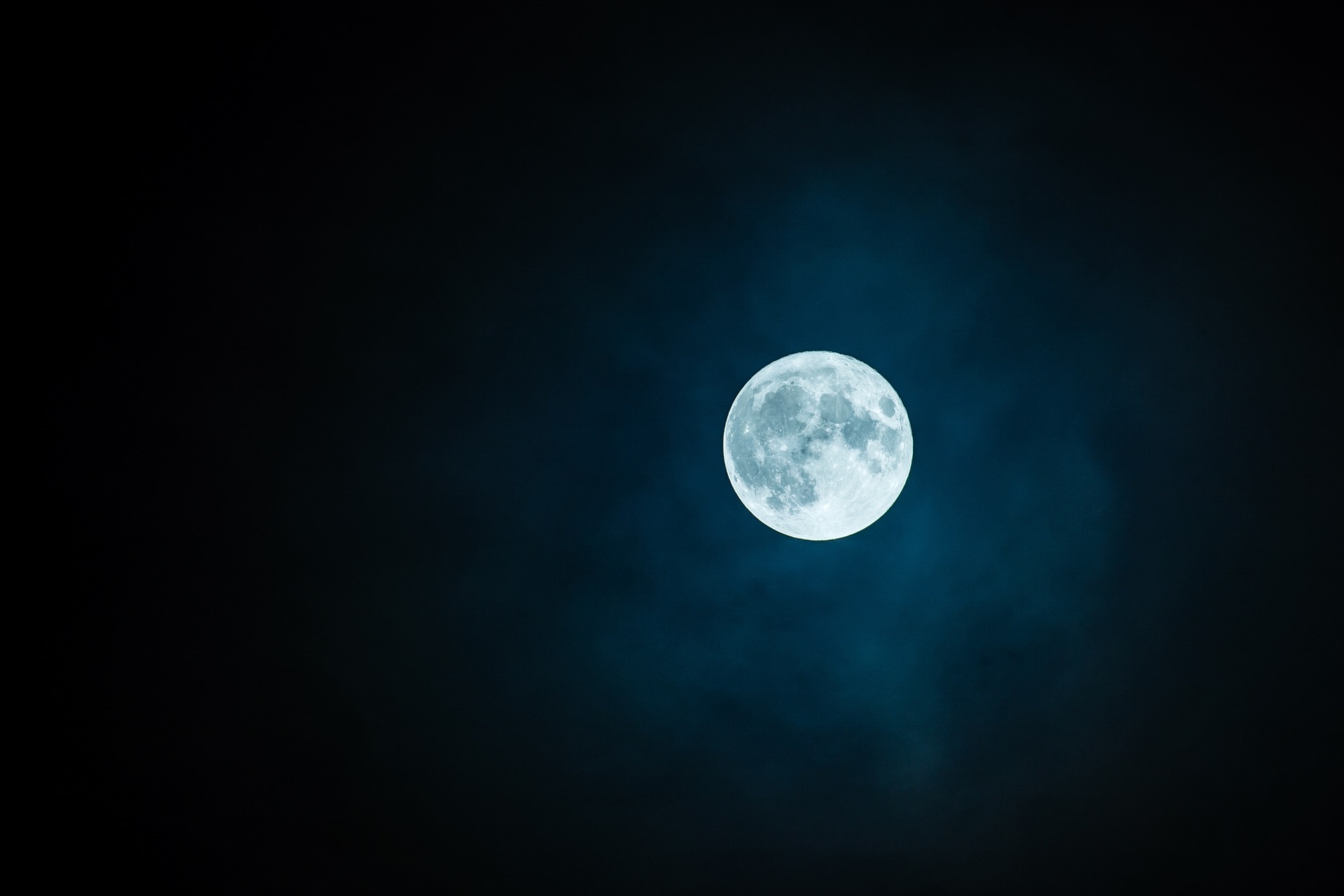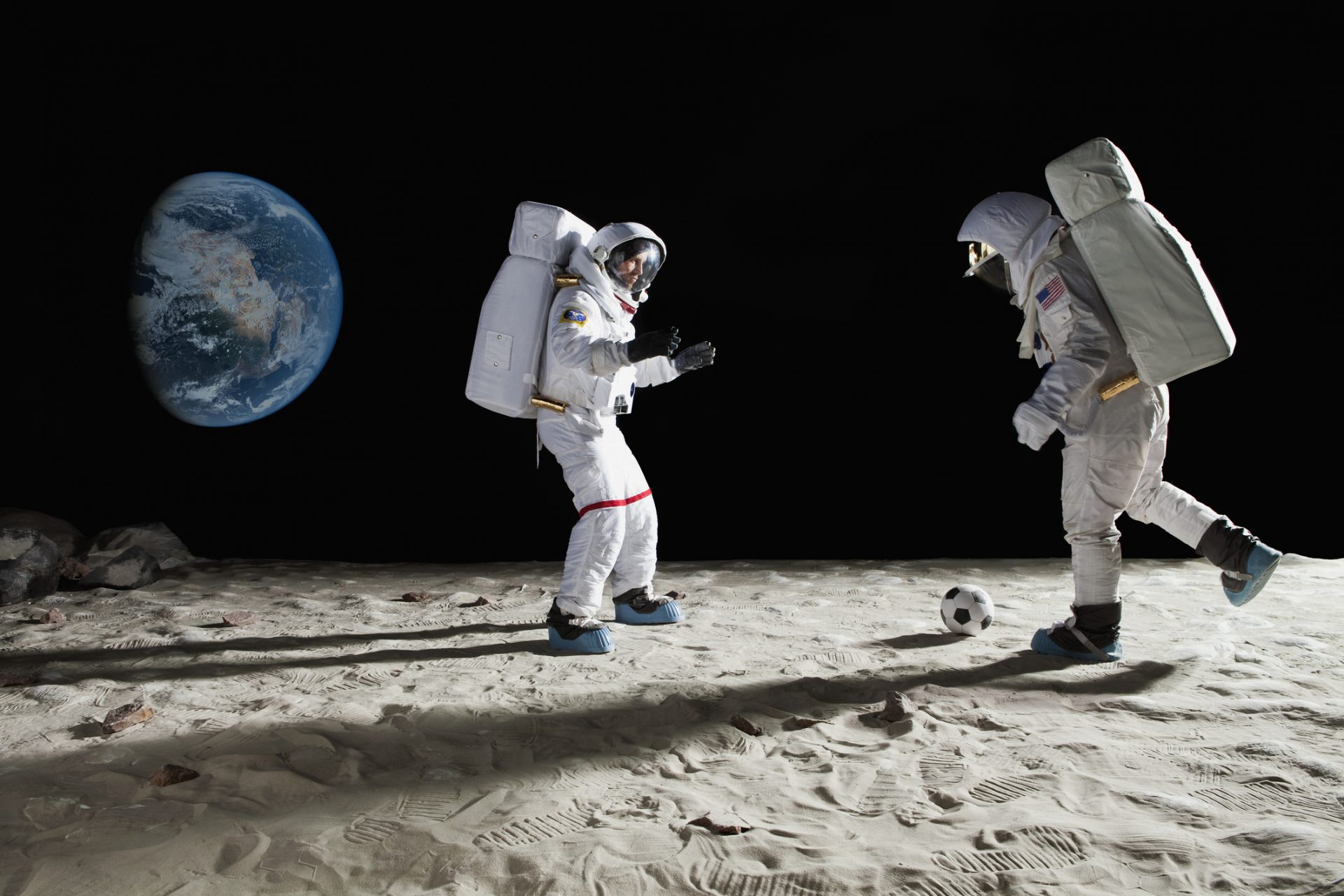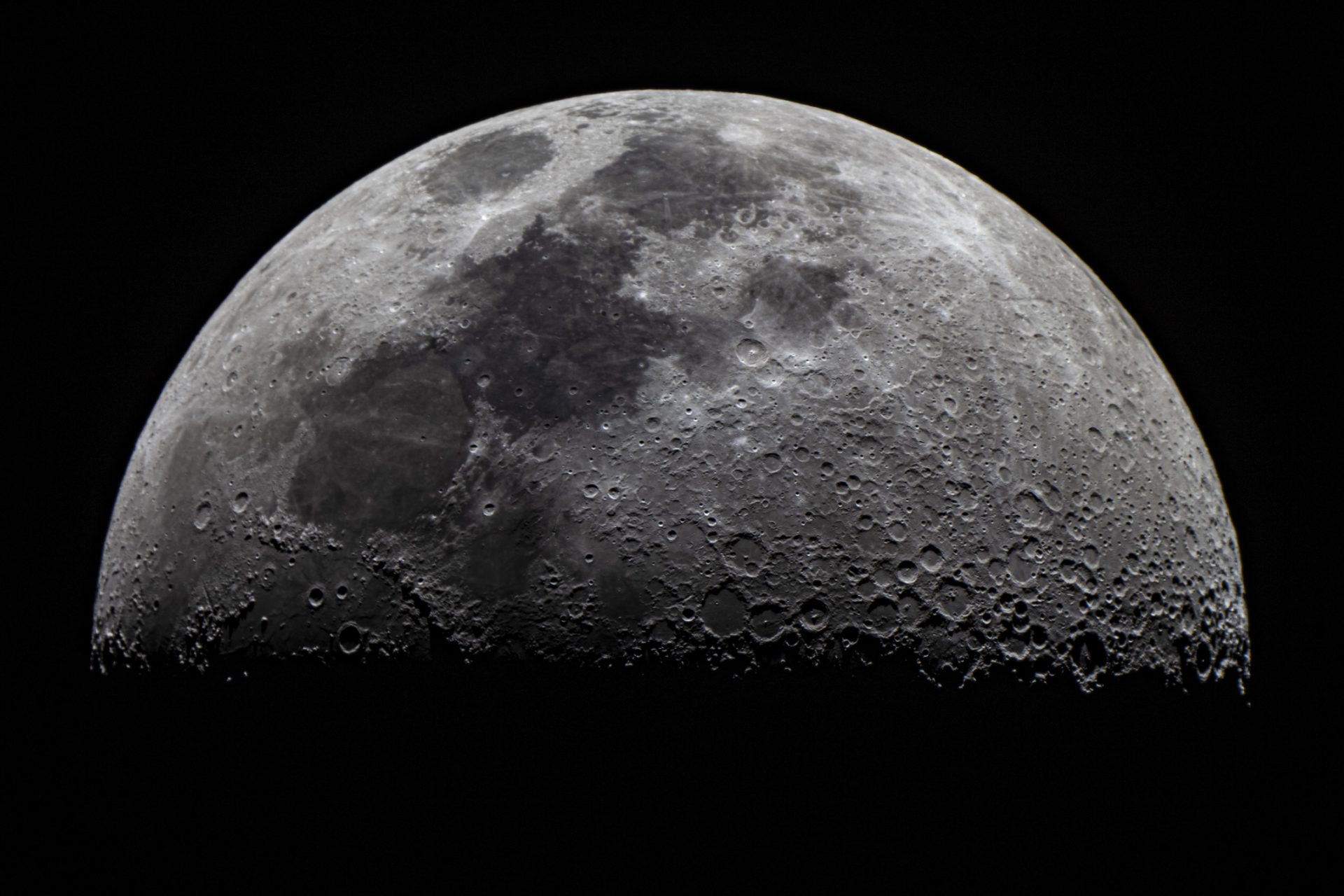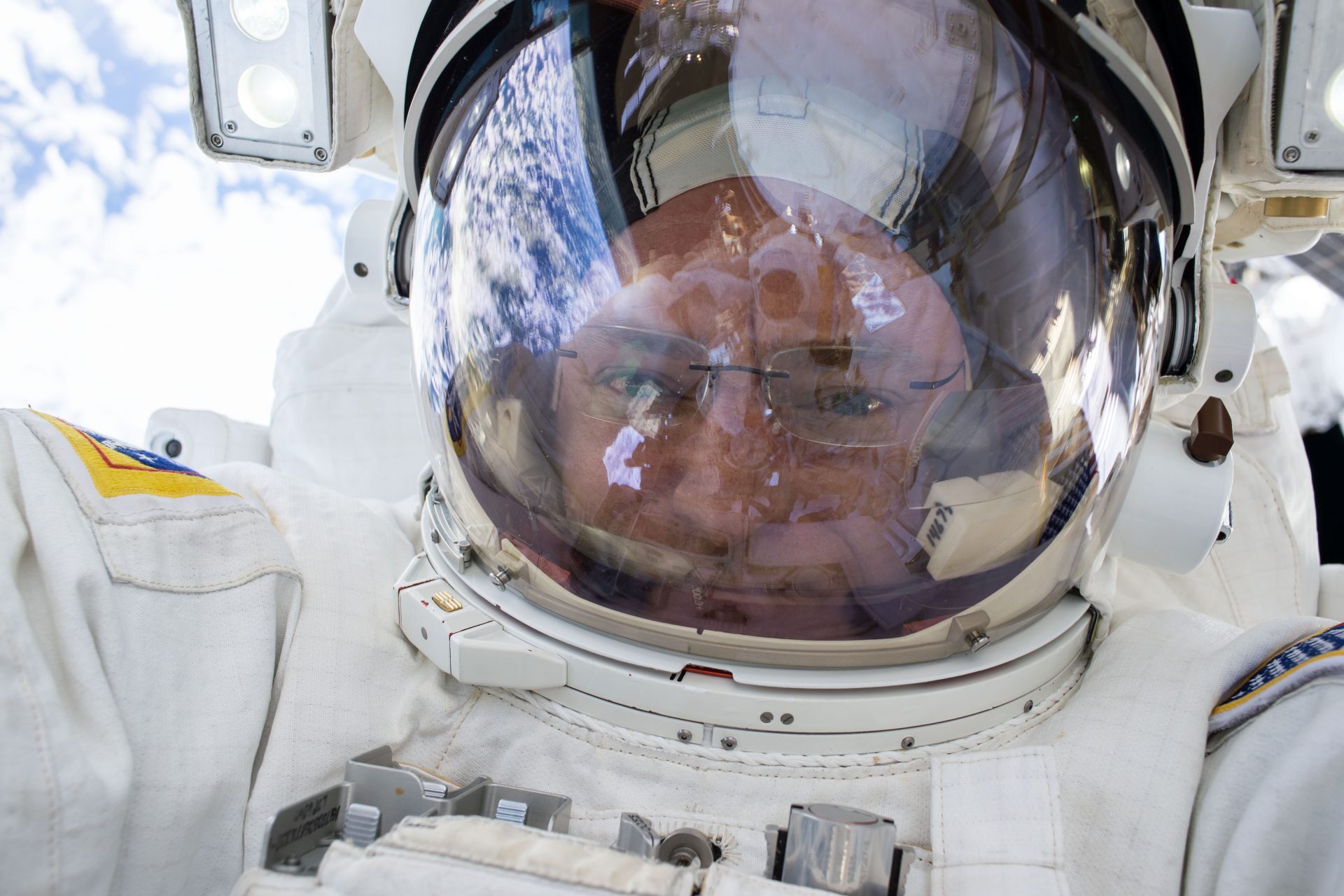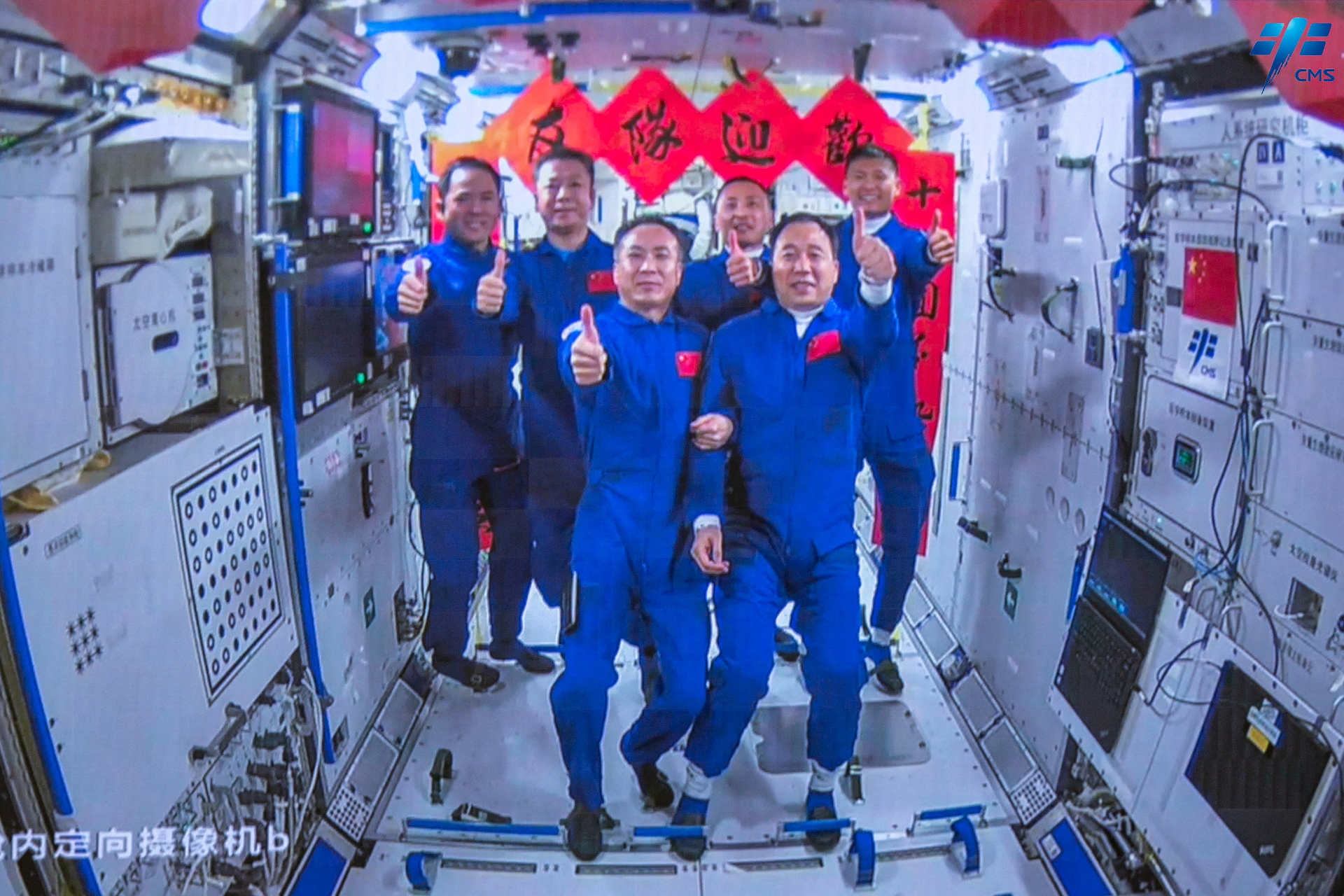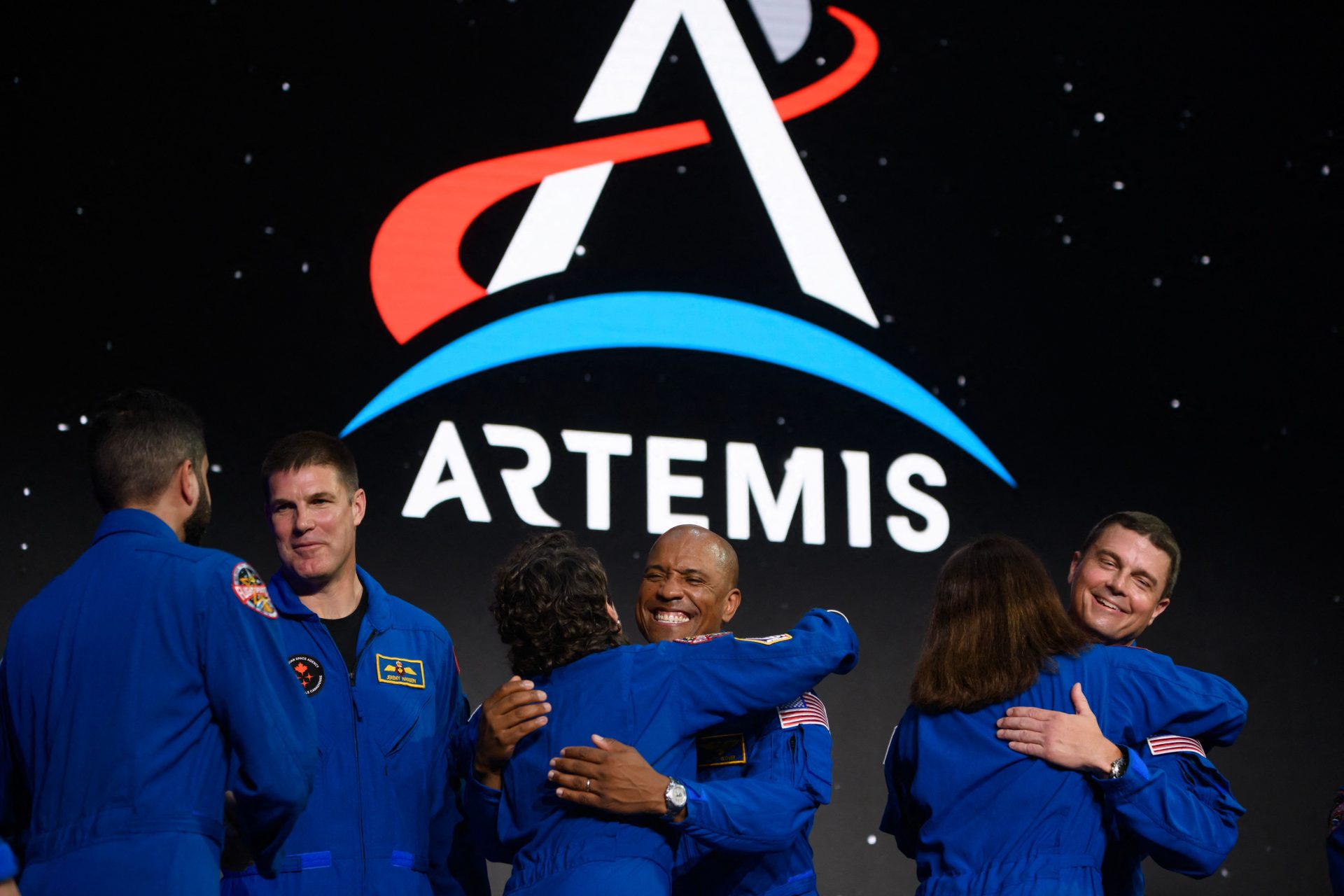Why NASA is creating a time zone for the moon
For this reason, the White House has directed NASA to establish a unified standard of time for the moon and other celestial bodies by the end of 2026, Reuters reported.
On the lunar surface, a single Earth day would be roughly 56 microseconds shorter than on our home planet, and although a tiny number, it would lead to significant inconsistencies over time, scientists note.
The reason for time moving faster on the moon has to do with mass and gravity. The moon is smaller than the Earth and its gravity is weaker, which is why “each body in space gets its own heartbeat,” NASA’s Kevin Coggins told The Guardian.
Ensuring the moon’s time zone can be related back to Earth time will help to coordinate missions and prevent disasters, according to a memo issued by the White House Office of Science and Technology Policy.
On Earth, time is measured by numerous atomic clocks placed in various locations around our planet, so a similar ensemble of clocks on the moon itself will be used for lunar timekeeping.
Photo: the first atomic clock developed in 1955.
Exactly who pays for lunar clocks, which type of clocks will go, and where they’ll be positioned are all questions that remain up in the air, NASA engineer Cheryl Gramling told CNN.
As for price, an atomic clock worthy of space travel could cost around a few million dollars, according to Gramling.
The new time scale would underpin an entire lunar network, which NASA and its allies have dubbed LunaNet. “You can think of LunaNet like the internet, or the internet and a global navigation satellite system all combined,” Gramling said.
While on Earth, Coordinated Universal Time, or UTC, is the standard used to set all time zones around our planet, the new lunar time zone will be known as Coordinated Lunar Time, or LTC.
However, for the time being, unlike on Earth, there will be just one time zone for the whole of the moon, although that could change in the future, scientists told CNN.
Photo: R Karkowski/Pixabay
But accurate timekeeping aside, how people living on the moon will experience time is a whole different matter. Unlike Earth, the moon doesn’t have a consistent 24 hour cycle of daylight and darkened nights.
On the moon, the equator receives roughly 14 days of sunlight followed by 14 days of darkness. And NASA is talking about landing astronauts in the south polar region, where there’s permanently lit and permanently shadowed areas, Dr. Bijunath Patla, a theoretical physicist told CNN.
Pathla described it as “challenging” for the astronauts involved. “It’s so different than Earth, and it’s just a whole different mindset,” he said.
Scientists told the media that it’s not clear whether NASA and its partners on this effort, which include the European Space Agency, will get a buy-in from nations that aren’t among US allies, such as China.
NASA also will need to consult with the 42 nations that have signed the Artemis Accords, an agreement that spells out countries' activities in space and on the moon. China and Russia, the two main U.S. rivals in space, have not signed the agreement, USA Today reported.
More for you
Top Stories



